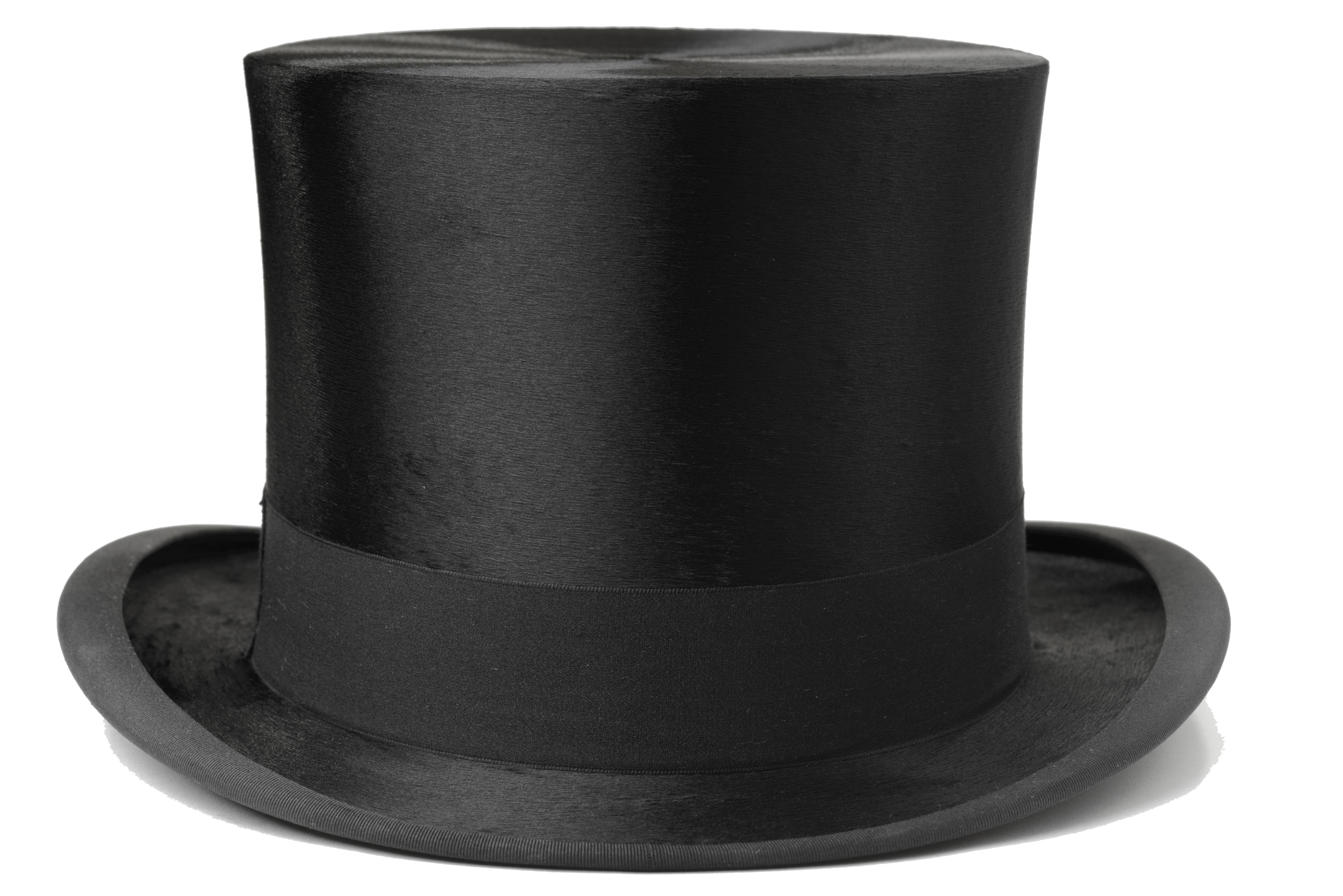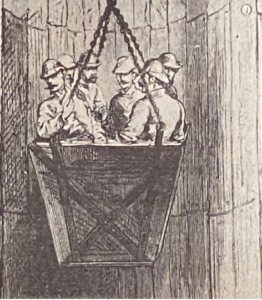Victorian Folly: The Tunnel Under the Channel


The Victorians were not the first to propose tunnelling under the English Channel. The first serious proposal for a Channel Tunnel came from a Frenchman: a mining engineer called Albert Mathieu. In 1802 Mathieu displayed plans for an eighteen-mile-long tunnel, illuminated by oil lamps and ventilated by chimneys projecting above the sea and into the open air. Mathieu’s plans envisaged passengers traveling through his tunnel in horse-drawn carriages. The project got no further than the drawing board.
It was another thirty years before a new tunnel proposal emerged, from a twenty-six year-old French civil engineer and hydrographer, Aimé Thomé de Gamond. De Gamond spent over three decades promoting his ideas. There’s no doubting his commitment to the project: he personally dove in the chilly channel waters to take samples from the sea bed at some risk to life and limb. On one occasion he was attacked by Moray eels.

De Gamond proposed building tunnels (laid on the sea bed) and at least five different cross-channel bridges. He got as far as a meeting with Prince Albert in 1858. The Prince was very supportive; he even took the idea to Queen Victoria, who suffered from seasickness. She told Albert “You may tell the French engineer that if he can accomplish it, I will give him my blessing in my own name and in the name of all the ladies of England.”

The Prime Minister of the day, Lord Palmerston, was not so receptive to the idea of an easy passage between Napoleon III’s France and England. His concern that a tunnel would open the way to foreign invasion would dog future attempts to build a tunnel for years to come.
De Gamond’s efforts gradually petered out, and he died in 1876, his dreams unfulfilled. But that didn’t put an end to the idea of a tunnel under the channel. A number of massive engineering projects had recently been undertaken: the Suez canal was underway, the eight-mile-long rail tunnel under Mount Cenis in the Alps was almost complete and the nine-mile St Gottard Tunnel had been successfully completed a few years earlier in Switzerland. All of which gave Victorian engineers the confidence to think of tackling one of the biggest barriers in Europe: the narrow gap between Britain and the rest of the continent.
Plans came and went, but no real work was undertaken until a railway magnate named Sir Edward Watkin took up the flag.
Watkin was the Chaiman of three railways (two in the north of England and one line between London and Dover). He was also a Member of Parliament, and he used his position to try to push through a bill to approve the building of a tunnel, linking his lines from the north to French rail routes via his channel tunnel.

For the first time, and after eighty years of fruitless talk, work was started on a real, honest to goodness, actual tunnel. To promote his scheme and raise money for his Channel Tunnel Company from investors, Watkin staged a number of lavish parties in the tunnel workings. Guests were transported down to the tunnel floor in skips, capable of carrying six people at a time. The tunnel itself was lit by Werner Von Siemens’ electric light system. Champagne flowed. Food was served. Fashionable society showed up in frocks and furbelows, their dainty shoes unmarred, because, according to eye witnesses, the tunnel was clean and dry.
Watkin managed to get over a mile of his tunnel bored before work was shut down by the government of the day, led by William Ewart Gladstone. The rising tide of jingoism was what put paid to the endeavour in the end. There were fears that the French (or some other foreign invader) could use the tunnel to invade England. A commission was set up to examine the military consequences of the project and its chairman, Lt. General Sir Garnet Wolseley, came down firmly against it. Even Queen Victoria abandoned her previous position and condemned the tunnel as a dangerous folly. The tunnel fever died down for the next eighty years or so.

Investors who put their trust (and their money) in Sir Edward Watkin’s bold project lost it all. We have scoured the lists of shareholders, but have failed to verify the assertion that St. John Squyre lost his entire fortune when he invested in the scheme.
X.T. Pfuffenstoffel

Notes and sources:
The Tunnel under the Channel, by Thomas Whiteside (Rupert Hart-Davies, 1962).







